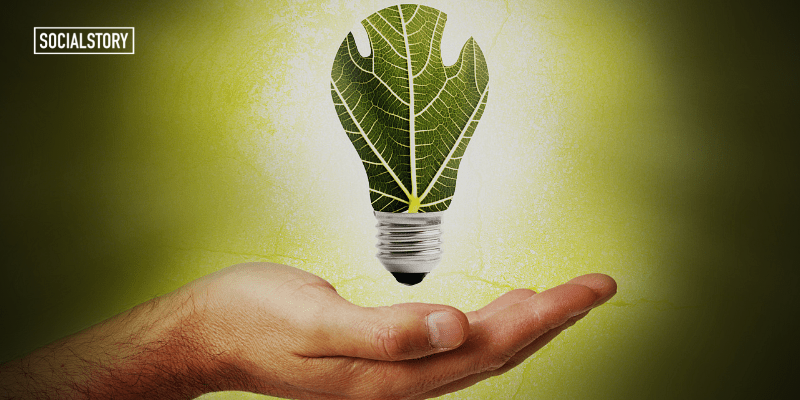How renewable energy with hybrid storage can be a gamechanger for India
The future undeniably belongs to renewable energy. There is going to be a significant shift away from traditional – which, today meets the majority of the power demand – to the renewable sources of energy.
With increasing awareness about the climate crisis and conventional sources of energy becoming costlier, there is a continuous and increasing shift towards the adoption of renewable energy sources.
So, what do the end consumer want? Continuous and reliable energy that is environment-friendly, affordable, and sustainable in the longer run.
However, renewable energy sources like solar and wind are intermittent in nature. This is where the energy ecosystem comprising discom, financier, and regulators must work synergistically to ensure this.
The biggest challenge for the renewable sector is what to do with the unused energy produced? The solution lies in efficient net metering or renewable hybrids. However, the dominance of discom and unpredictable net-metering or banking policies are a few challenges faced by the renewable energy ecosystem.
Over the years, the storage technology and commercial viability has improved significantly, making it an alternative solution to net-metering or power banking.
What are renewable hybrids?
The renewable hybrids technology combines generated renewable energy from solar or wind, with storage options such as battery or pumped hydro. The reason why it is poised to be a gamechanger is because it enables continuous supply of electricity, even during intermittent power generation.
To meet the peak demands, renewable sources alone will not help unless combined with some form of energy storage like chemical and mechanical forms of storage to balance supply and demand.
Therefore, it needs to be stored at utility scale level into some form or the other during peak generation of solar and wind, and later converted to electricity when the peak demand arises.
For example, in a tropical country like India, the solar output is maximum between 10 am and 4 pm, while the wind output is highest in the late evenings and early mornings. From the consumer point of view, the peak demand occurs in the evening hours of 6 to 9 pm. This currently cannot be fulfilled by either solar or wind.
The solution is to store the excess energy generated during the daytime, and use it meet the peak demand in the evenings. The hybrid model combining solar/wind with battery, as well as leveraging the newer technologies, provides an excellent solution to meet demand.
Benefits of energy storage
Energy storage technologies are evolving and becoming more viable and flexible with the operation of electricity generation and consumption. In the long run, this will be cost-effective and will reduce the requirement for backup capacities by storing the solar power during the day and feeding it back into the system after sunset.
To ensure a balance between supply and demand of electricity, it is essential to develop solutions to store this renewable energy.
The challenge to integrate renewable energy can be solved by energy storage, this will address various additional issues such as power fluctuations and reliability of electricity system flexibility.
Going forward, cheaper storage options and evolving technology would make it increasingly efficient and cost-effective to generate and consume electricity from solar and other renewable sources. Pumped hydro, battery storage, and hybridising renewables will make renewable energy increasingly reliable.
The future undeniably belongs to renewable energy. There is going to be a significant shift away from traditional – which, today meets the majority of the power demand – to the renewable sources of energy. Solutions such as the renewable hybrids will change the dynamics in the energy sector and flatten the generation vis-à-vis demand curve.
Edited by Kanishk Singh
(Disclaimer: The views and opinions expressed in this article are those of the author and do not necessarily reflect the views of YourStory.)








![[Funding alert] Media-tech startup Toch raises over $400K in round led by Inflection Point Ventures](https://images.yourstory.com/cs/2/b3bfb136ab5e11e88691f70342131e20/Imagevgyw-1586973026465.jpg)

![[TechSparks 2020] Soumya Rajan of Waterfield Advisors on guiding Indian family offices to sustainable wealth creation](https://images.yourstory.com/cs/2/220356402d6d11e9aa979329348d4c3e/waterfield-feature-1604492757941.png)
![[Startup Bharat] Y Combinator-backed BeWell Digital is enabling the digital transformation of radiologists](https://images.yourstory.com/cs/2/40d66ae0f37111eb854989d40ab39087/ImagesFrames31-1648033042143.png)